So, you read our last blog post about gender and sexuality and after some self-reflection, you’ve got questions. Or maybe you’ve had questions for a while and are feeling a bit lost. Either way, lucky for you, you’ve got questions and we’ve got answers! Gender is an extremely complex concept; because it’s so deeply ingrained in every aspect of Western society, it can be difficult to divest yourself from oppressive notions of gender that were forced on you. Questioning your gender and your place in a world structured around gender binaries is a scary prospect and it’s okay to feel uncertain or uncomfortable.
At the end of the day, this journey is for you and you only, with the ultimate goal being you feeling comfortable in your own skin. You deserve happiness and gender euphoria. There is nothing wrong or broken about you. There is no right way to be a particular gender therefore you can never be wrong.
If you’re struggling to get started, here are some points to consider:
If you’re considering changing facets of your identity like your name or pronouns, a good way to see if they fit is by “piloting” them with a group of trusted friends or family. This way, you don’t need to commit to a public announcement before you’re sure of yourself.
It’s never too late to question and explore!
You don’t need to have dysphoria or a desire to transition in order to be transgender or non-binary.
There’s no deadline for figuring yourself out. Give yourself the grace of time to figure things out.
You may never arrive at a final destination; navigating and understanding gender identity is a complex and lifelong process.
Don’t get caught up in a need for labels and codification. Though labels can certainly be comforting, they may also be limiting.
You will almost inevitably experience confusion at some point and that’s not your fault; when you pick apart the way gender structures society, you will begin to see that there are a lot of holes in the logic underlying it which makes rearing up against those expectations so confusing and difficult.
If it’s accessible to you, don’t go it alone. Whether that means seeing a gender therapist, finding support groups either online or in person, or just talking it out with a trusted individual, you deserve external support throughout this process.
Institutions that you may have been taught were created to help you like medicine and education have ingrained systemic transphobia. While there are certainly individuals within these institutions that may be genuinely accepting and helpful, this is likely not the case for the majority of people you interact within these contexts, particularly depending on your specific geography.
If you find yourself self-invalidating your gender questioning process because you don’t feel genderqueer/trans “enough” but you wish you were (insert gender identity), that is indicative of that identity fitting you. Wanting to be a certain gender is a “symptom,” for lack of a better word, of being that gender.
Additionally, questioning is a valid identity. You might not want to be a certain gender and that is also telling and legitimate. The beauty of questioning the gender binary is that there are no wrong answers, nor does there have to be an answer in the first place. Questioning as an identity is every bit as valid as any other label.
At the end of the day, try to find the balance between honoring your gender identity and not becoming overcome by the intricacies of navigating gender. Gender is performance in its most basic form and there are ways to make that performance fun. We didn’t choose the gender binary that exists around us, but we can choose to make it work for each of us to the best of our ability by understanding what makes us feel liberated.
Inspired by Adrian Ballou’s article, it is important to qualify that this article is being written from the perspective of a singular white genderqueer person which may influence the suggestions provided.
































